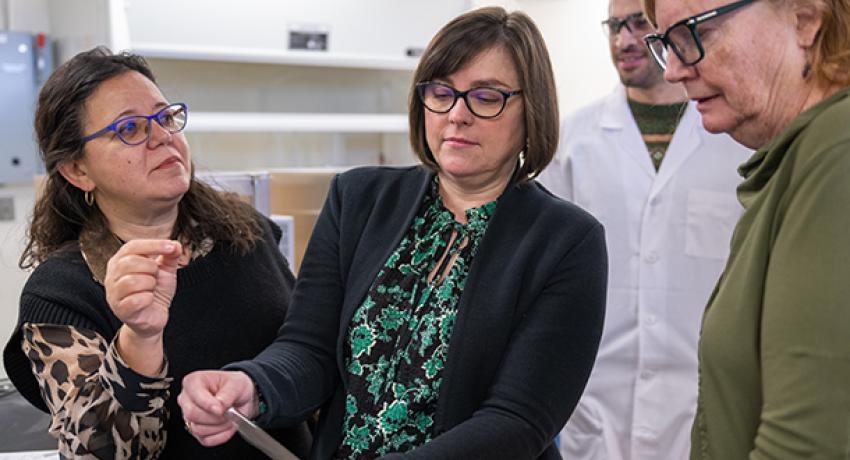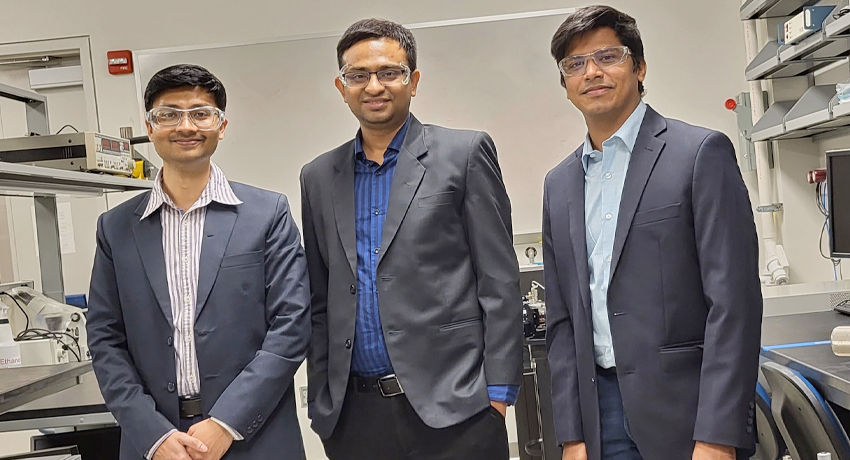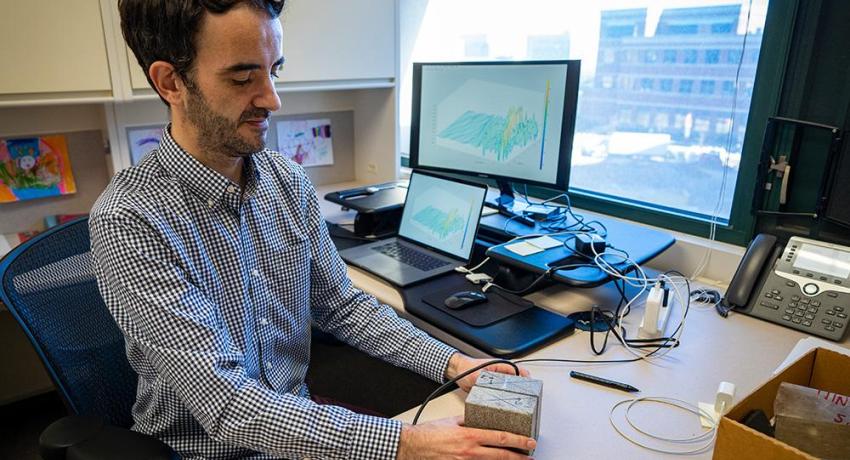Mauricio Terrones named head of the Department of Physics
By Sam Sholtis
Mauricio Terrones, Evan Pugh University Professor and Verne M. Willaman Professor of Physics, and professor of chemistry and of material science and engineering, has been named the new George A. and Margaret M. Downsbrough Head of the Department of Physics at Penn State, effective July 1. Terrones succeeds Nitin Samarth, who has served as head of the department since 2011.




